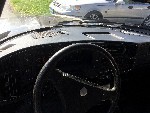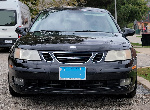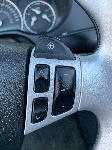- Re: My fuel pump replacement experience (very long), SeeVTSaab, Thu, 10 May 2007 03:14:27
- Re: My fuel pump replacement experience (very long), Don M
 , Wed, 9 May 2007 14:37:50
, Wed, 9 May 2007 14:37:50

1994-2002 [Subscribe to Daily Digest] |
No Site Registration is Required to Post - Site Membership is optional (Member Features List), but helps to keep the site online
for all Saabers. If the site helps you, please consider helping the site by becoming a member.
 |
 |
 |
 |
 |



